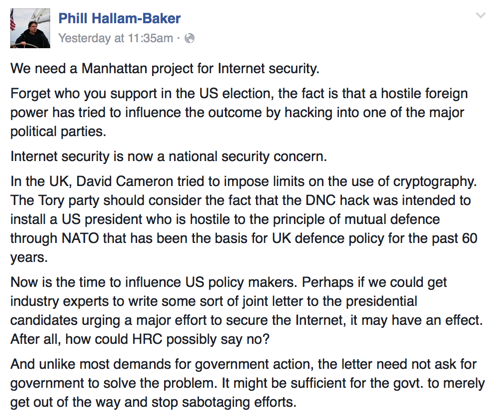Are you (accidentally) supporting phishing
One of the themes in some of my recent talks has been how some marketers teach their customers to become victims of phishing. Typically I’m talking about how companies register domains “just for email” and then use those for bulk messages. If customers get used to mail from company.ESP.com and companyemail.com they’re going to believe that company-email.com is also you.
There are other ways to train your customers to be phishing victims, too. Zeltzer security walks us through a couple emails that look so much like phishing that it fooled company representatives. Go take a read, they give a number of examples of both good and bad emails.
I was a little frustrated that the examples don’t include headers so we could look at the authentication. But the reality is only a teeny, tiny fraction of folks even know how to check headers. They’re not very useful for the average user.
Security is something we should never forget. As more and more online accounts are tied to our email addresses those of us who market to email addresses need to think about what we’re teaching our recipients about our company. DMARC and other authentication technologies can help secure email, but marketers also need to pay attention to how they are communicating with recipients.
